It has been said that brewing beer is part art, part science, and part magic. It’s also a manufacturing process. As of 2018, there were over 7,000 breweries in the United States producing more than 182 million barrels of beer. Craft brewers, defined as breweries where less than 25% of the business is owned/controlled by a beverage alcohol industry member and annual production is less than 6 million barrels/year, account for approximately 24% of sales of the US beer market.
As with any business, there are many regulations to comply with on a federal level and on a state level. Breweries are regulated by the Alcohol and Tobacco Tax and Trade Bureau (TBB), Occupational Safety & Health Administration (OSHA), Department of Transportation (DOT), and Environmental Protection Agency (EPA), to name a few. However, do you have a firm grasp of the applicable environmental, health, and safety (EHS) regulations that may apply to your business?

Environmental Compliance
Wastewater Compliance
On average, breweries use seven gallons of water to produce one gallon of beer. The wastewater generated during the brewing process is considered industrial waste and the process effluent discharge is high in nutrients (mostly organics). Depending on the brewery effluent volume and concentrations, you may need to pre-treat your wastewater prior to discharge. Between 2008 and 2015, D. G. Yuengling & Son (Yuengling) the oldest operating brewing company in America, violated pretreatment permit requirements and had to pay a fine of $2.8 million and “make significant facility upgrades and operational changes.”
Stormwater Compliance
Permits will likely be needed if you’re going to discharge to the ground or surface water. Check with your state agencies to determine if an industrial stormwater permit or certificate of no exposure is needed.
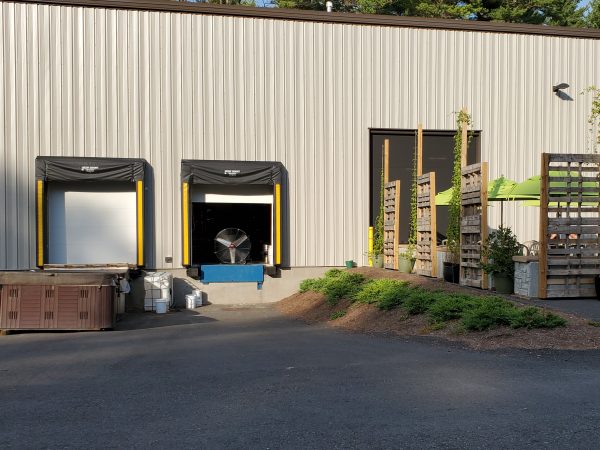
Solid Waste/Hazardous Waste Compliance
Your brewery will also generate solid waste and may generate hazardous waste as well. Hazardous wastes may include cleaners, light bulbs, or batteries. These wastes must be properly managed and disposed.
Air Compliance
Most breweries are small enough that they do not have to worry about air permits. Boilers are likely the biggest reason a brewery would need an air permit. However, grain handling and drying equipment, back-up generators, and the fermentation process may also contribute to the need for an air permit. You may also need an air permit to control the volatile organic compound (VOC, mainly ethanol) and carbon dioxide (CO2) loss that occurs during the fermentation and bottling processes.
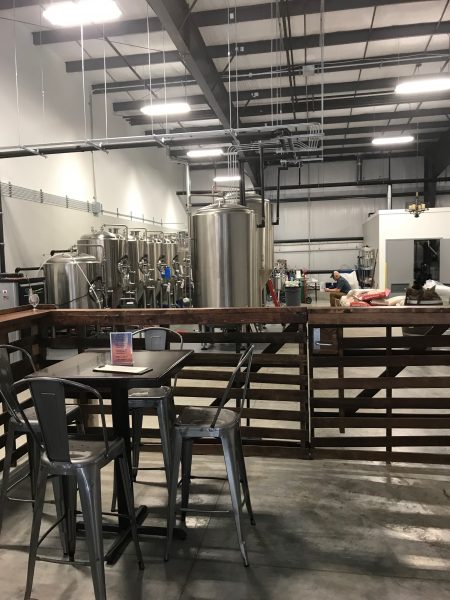
Health and Safety Compliance
According to Occupational Health & Safety Online, OSHA citations at breweries more than doubled between 2010 and 2015 and the number of nonfatal injuries and illnesses in breweries are up 57% since 2010. There were also nearly four times as many safety violations at craft breweries in recent years than at large breweries, according to Reuters. Since 2014, OSHA has conducted 63 brewery inspections, resulting in 149 regulatory violations and $297,093 in penalties, according to OSHA’s Establishment Search page.
Some of the common hazards and regulatory requirements include the following.
- Ergonomics: Injuries due to repetitive motions, awkward body positions, and improper material handling
- Walking and Working Surfaces: Wet and slippery floors, trip hazards, and tight spaces
- Fall Protection: Required when working at heights above 4 feet
- Confined Spaces: Cleaning, servicing, and performing maintenance inside fermenters, grain silos, mash tuns, kettles, and more
- Forklifts/Powered Industrial Trucks (PITs): Failing to train employees to safely operate forklifts and powered trucks in transporting raw materials, move and reach equipment, and lift heavy items
- Chemical Safety and Hazard Communication: A Hazard Communication Program must be implemented to inform and protect employees of the hazards associated with the chemicals they use, such as cleaning agents
- Personal Protective Equipment (PPE): E.g. safety glasses and steel-toe boots when working with boiling water, toxic cleaning chemicals, and hazardous vapors
- Electrical Safety and Lockout/Tagout: Equipment must be locked out and energies secured when performing maintenance or servicing
- Thermal Burns: Insulation or guarding from exposed surfaces with a temperature of 140°F or more and within 7 feet of floor or working platform or within 15 inches of stairways, ramps, or fixed ladders
- Machine Guarding: Brewing equipment that must be guarded, such as bottle indexers, rotating pressure bottlers, conveyors, cappers, labelers, mills, screw conveyors, pumps, case packers/un-packers, case sealers, pallet stretch wrappers and others include rotating shafts, chains and sprockets
Although injuries differ in severity, there have been several serious injuries (and deaths) in breweries between 2009 and 2015. Flash fires from welding on fermentation tanks, severe burns from boil overs, over-pressurized kegs exploding, confined space entry fatalities, and people being run over by a forklift have all occurred at breweries, both large and small.
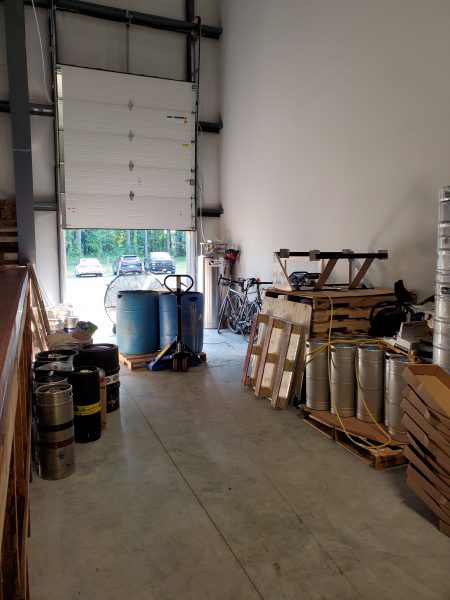
The news is not all bleak, however. Over the last few years, the Master Brewers Association of the Americas and the Brewers Association have worked diligently to improve the safety records of craft breweries. There has been a decline in incident rates over the years (see below chart). While there is still a long way to go, strides are being made.
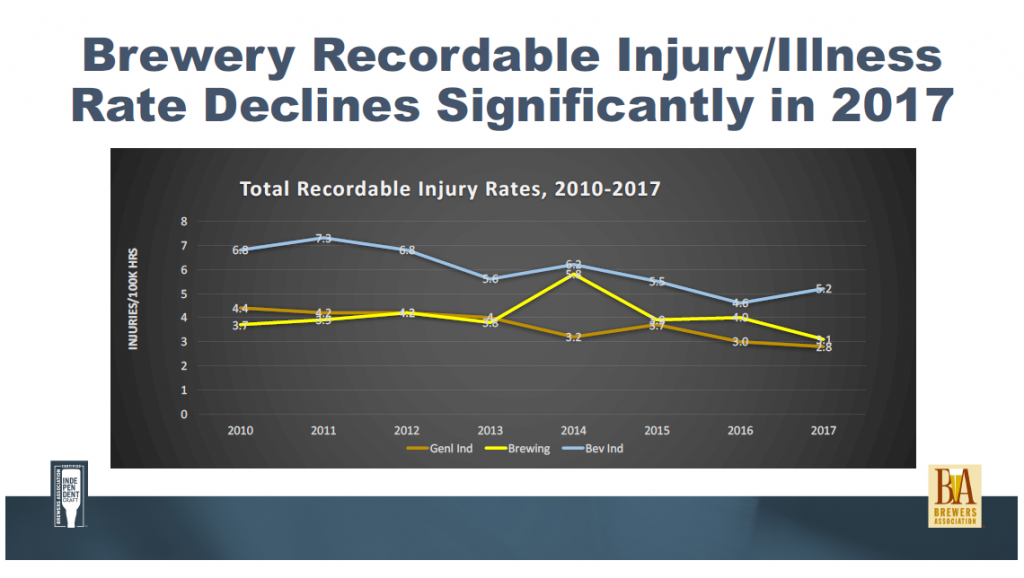
Identifying the Return on Investment (ROI) of EHS Compliance
We know that it’s hard for you as management to see the ROI when discussing EHS. It’s far easier to see the ROI when discussing brewing ingredient and physical objects such as tanks, bottling lines, and brewing vessels. If managers in your company (your CEO, your CFO, your HR Department, your production line, etc.) do not understand EHS regulations or their importance, they likely will ignore compliance or the necessary training. If you as management don’t take EHS compliance seriously, then your employees won’t, either. Your employees are your most important resource and asset!
So how do you identify the ROI of EHS compliance? A focus on EHS can reduce costs in the long run. A focus on environmental compliance can reduce violations that result in fines. A focus on health and safety can reduce and/or prevent:
- The number, severity, and financial impacts of injuries;
- Insurance and worker’s compensation costs;
- Equipment downtime and product lost; and
- A tarnished reputation with your customers.
This post was co-authored by Keith D. Robinson, CSP, CHMM, CEC Vice President of Safety (krobinson@cecinc.com or 614-468-6205) and CEC Albany’s Heather Fariello, CHMM, Principal—Environmental Engineering and Sciences. If you have any questions about brewery compliance, please contact Keith.
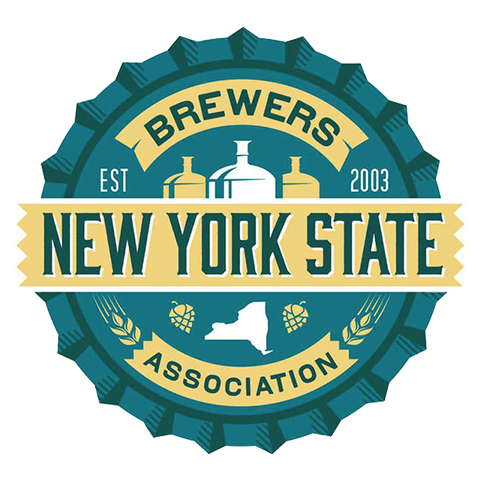
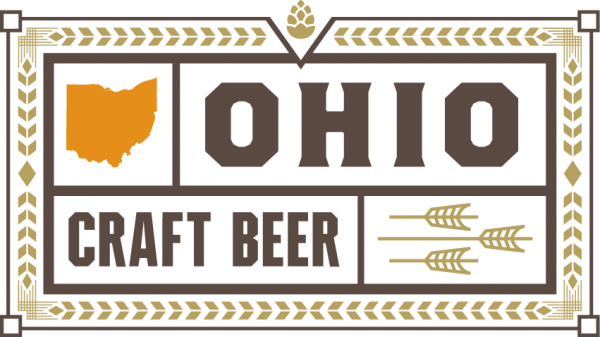

Post a Comment